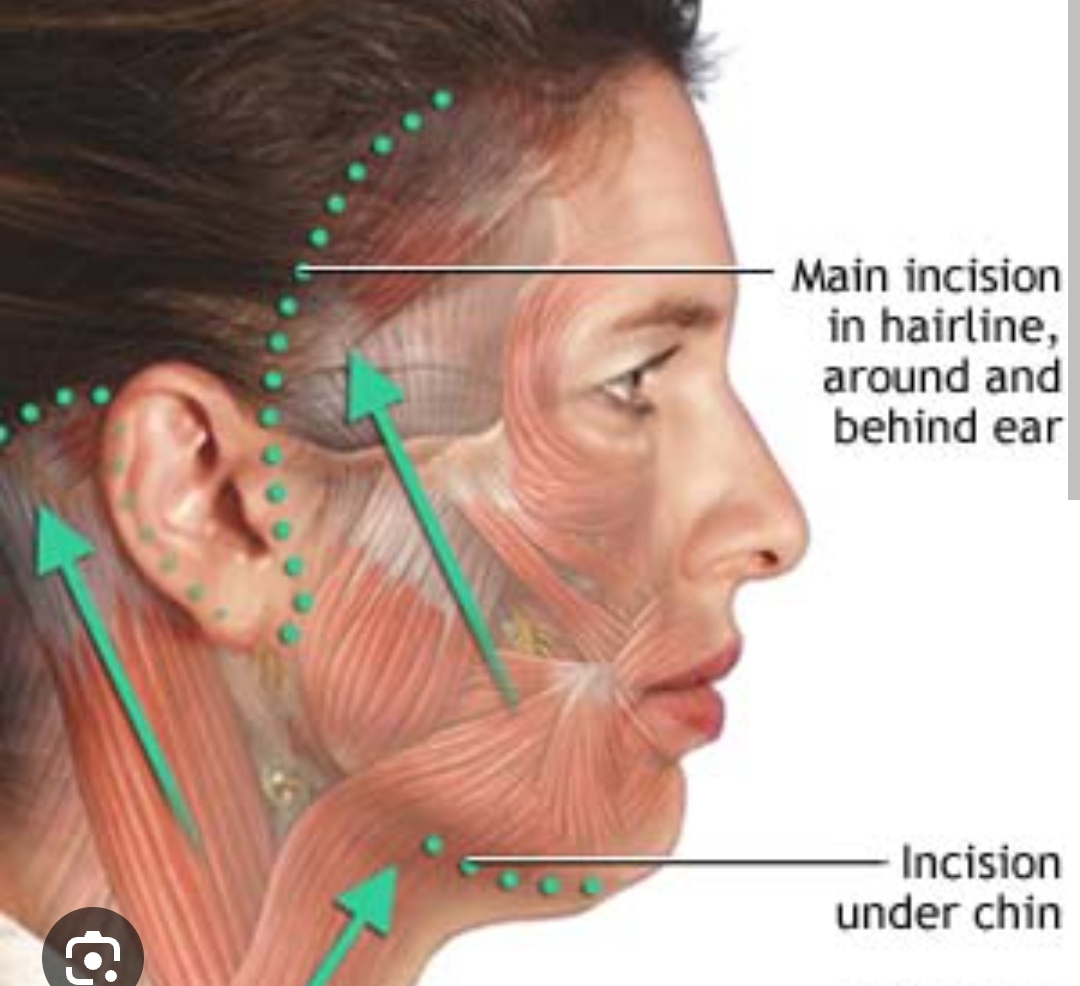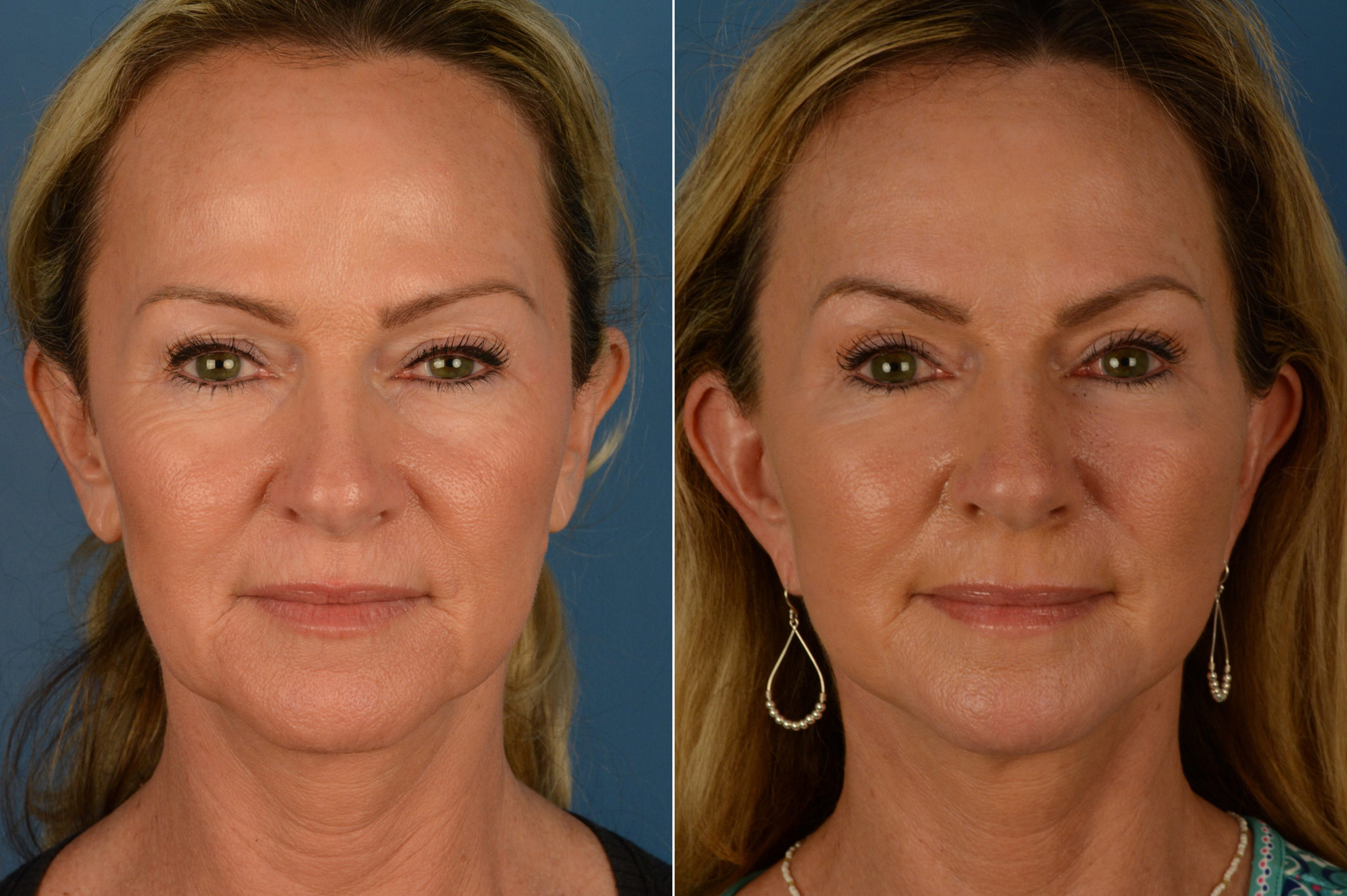In the realm of addressing wrinkles and aging, both rhytidoplasty and rhytidectomy play pivotal roles, each with its nuanced focus.
Advertisement
Rhytidectomy, commonly known as a facelift, intricately involves the excision, lifting, and repositioning of skin and deeper tissues in the face and neck, specifically targeting the SMAS layer.
The primary goal is to tighten and smooth loose skin, diminish jowls, and redefine facial contours. This surgical procedure, at times, includes fat removal and typically entails a more extensive incision, resulting in a lengthier recovery period.
Conversely, rhytidoplasty serves as a comprehensive term, encompassing diverse techniques to enhance facial appearance and combat wrinkles.
Advertisement

Photo via Drugs.com
While it may involve a facelift, rhytidoplasty also incorporates less invasive approaches such as fillers, injectables, laser treatments, and thread lifts.
Notably, these methods entail shorter incisions and boast quicker recovery times compared to the traditional facelift.
In essence, envision rhytidectomy as a specific surgical method, akin to wielding scissors to remove wrinkles, while rhytidoplasty operates as an umbrella term, embracing various tools—from scissors to glue and lasers—to achieve a rejuvenated visage.
Ultimately, the optimal choice hinges on individual factors such as concerns, skin type, and desired outcomes.
For personalized guidance, consulting a board-certified plastic surgeon is paramount, ensuring a tailored solution aligned with individual needs.


Leave a Reply